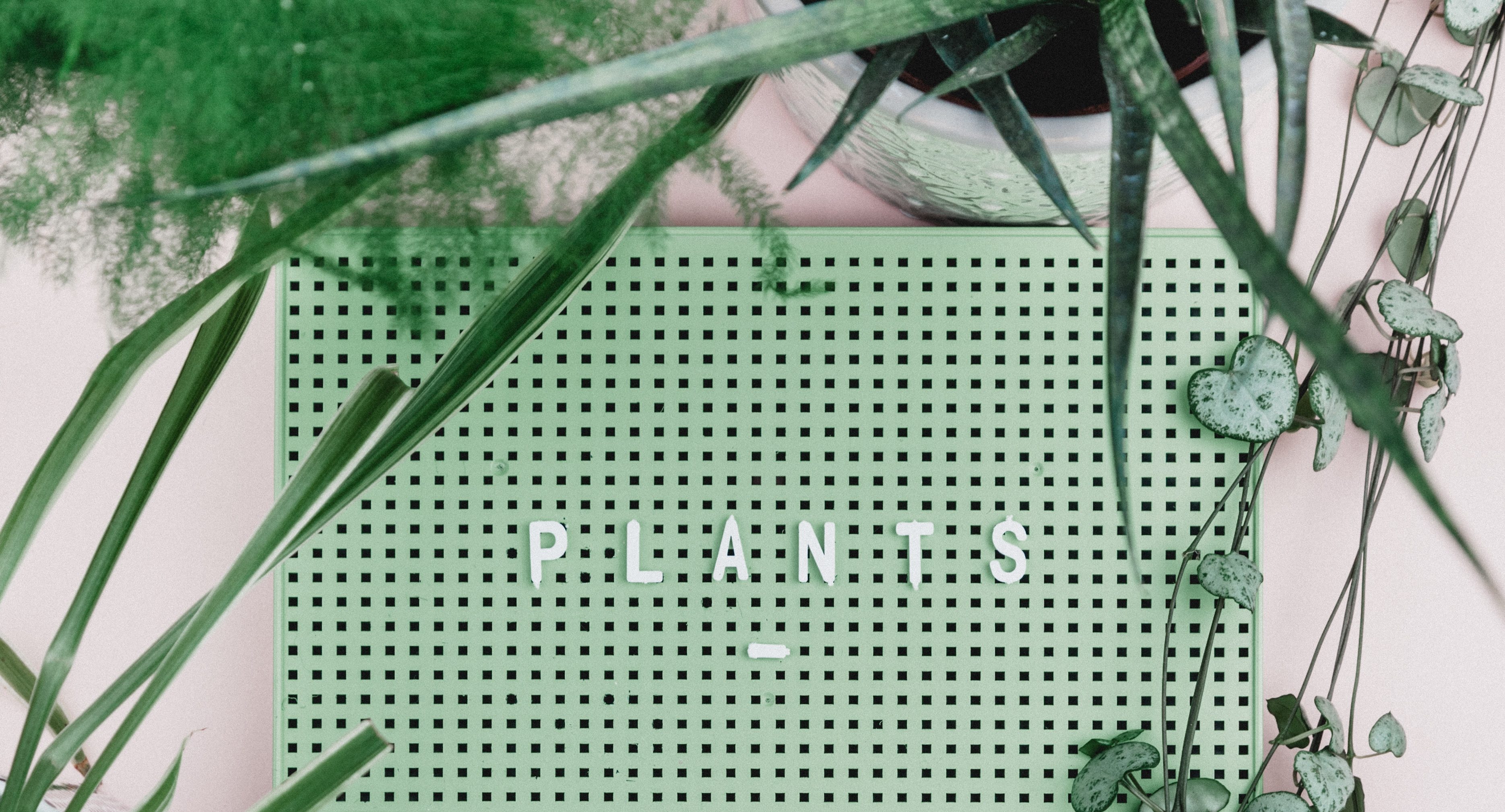Like oxygen? Thank a plant. Like oxygen in your home? It’s already there, of course, but houseplants are natural filters that can improve modern spaces, a bit of green to soften sounds, ease the eyes, and clean the air. Here are a few that are well known for living in our spaces. They may have started in the tropics or arid climates, but now they’ve adapted to the indoor safety of our homes. Some care required.
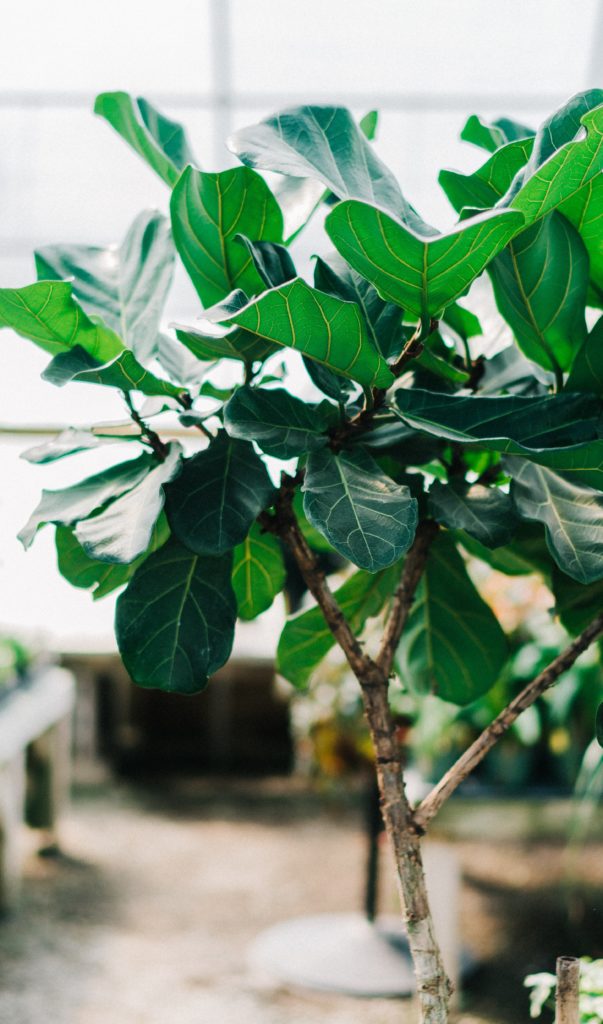
Ficus
Is there any other plant that is so well identified with office environments? They’re actually figs, though don’t expect to collect any fruit indoors. There is a wide variety, some growing to forty feet tall. Most are smaller and known for fitting into corners providing a small canopy above a woody trunk. Low light merely means slow growth. Don’t try to spur it along too much. Fertilizer can burn the leaves; but fertilize away if there’s enough light for lots of growth. “Surprisingly, Ficus can survive in the same grow pot…for many years,” states Virginia Powers, author of Interiorscape Basics. Less of a need to repot means lower maintenance.
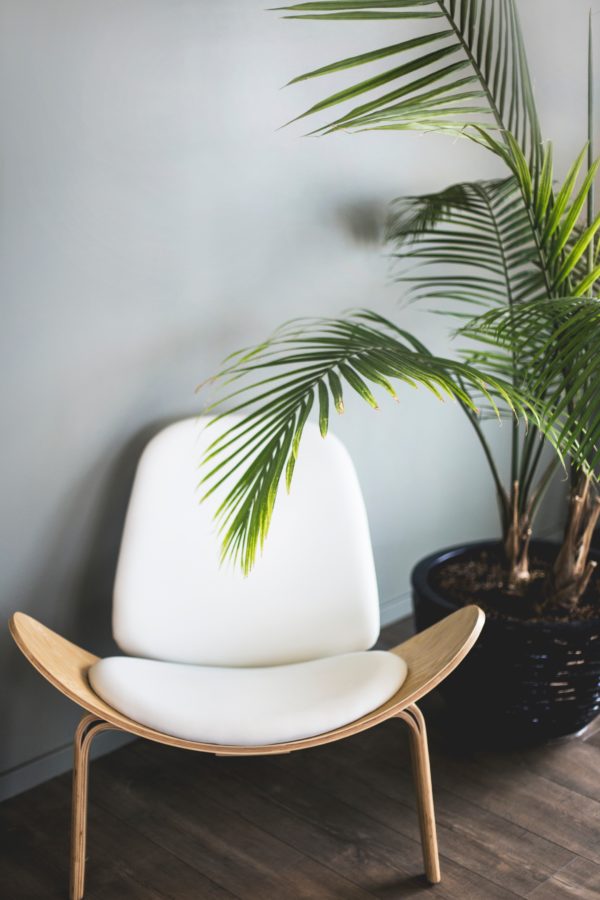
Palms
Want something with a different shape? They’re not like conventional trees with growth rings. Layers and layers of progressively newer leaves build up trunks. Outdoors, they create regal columns for California boulevards. Indoor varieties don’t have to be so grand. Some grow from root balls and have slow reaction times. Mis-watering may not be apparent for days or weeks. Practice taking care of them and get to know how they’re adapting to the spot you picked for them.
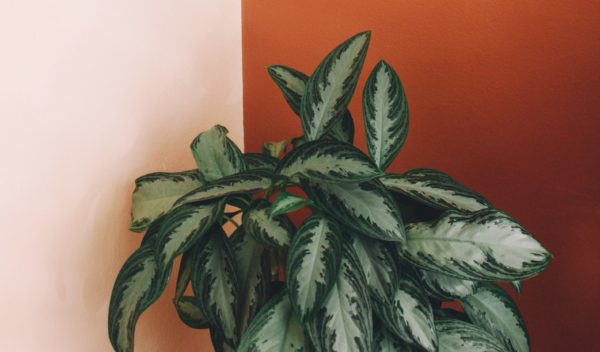
Chinese Evergreen
Also known as Aglos, Chinese Evergreen are an option for something a bit more suited for smaller spaces, like less than knee-high. That’s welcome if you’ve ever seen a marvelously healthy plant of a different species straining to break through a skylight. Sometimes smaller is better. They may not grow up, but they do grow out – as in horizontally, a much more manageable issue.

Dracaenas
Indoors can mean low light, in which case Draceanas fit in. They are cane-like small trees with shallow roots, which helps them fit in; but is also means being careful when watering. Roots near the surface can be accidentally cleaned of soil with what appears to be a small flood, from the perspective of the plant.

Golden Pothos
Rather than take up floor space, add some foliage with a hanging plant like Golden Pothos. Without a substantial trunk, the eye notices the flowing leaves, an emphasis that highlights the additional green in the room. They, too, don’t need to be repotted; and low light simply means slower growth. Not a surprise, give them more light and the necessary additional water and they’ll get busy. In that case, make sure the fertilizer keeps coming.
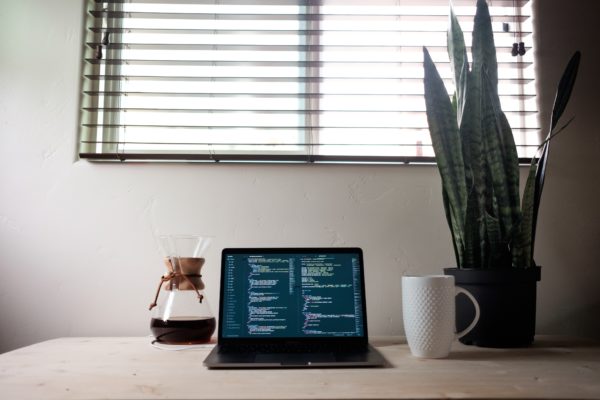
Sansevieria
For more dramatic leaves, look at Sansevieria. Instead of clumps of leaves sprouting from branches or trunks, Sansevieria shoots up thick leaves from thick rhizomes. Leaves can stand four feet tall, creating a clump of thick blades. As dramatic as they appear, their tips are sensitive and damage there will limit growth. Be careful, be kind, and maybe keep them out of the traffic zones. The rhizomes store water, which can ease watering schedules. Just don’t forget about them. Everyone benefits from at least some regular attention, even plants.
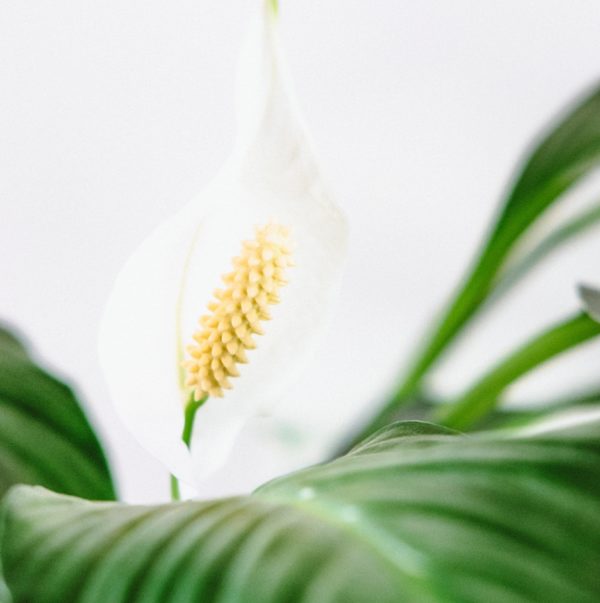
Peace Lily
In stressful times, what better plant to consider than the Peace Lily, for the namesake alone. Broad green leaves rising from the pot are sometimes joined by large white flowers that stand above the rest of the plant. The plant is a clear communicator, an impressive feat for foliage. When it needs water, the leaves droop. Within a day of watering, they’ll stand up again. Don’t go too far, though. Not too big, not too small, easy to take care of, pleasant to see, no wonder it is a popular plant.
These aren’t the only plants to pick from, but they are a good, common set. When in doubt, add one 6”-8” pot per room, then check to see if you want more or a different type. Transplanting outdoor plants may come with more cautions, but indoor potted plants are better prepared for a move or two. Some extra care is required. There’s no wind or rain indoors (hopefully) which means leaves will only be cleaned thanks to we humans. Take care of them and they’ll take care of you.
Learn more about starting and caring for your indoor plants, no matter the size or quantity at Garden Tapestry.
